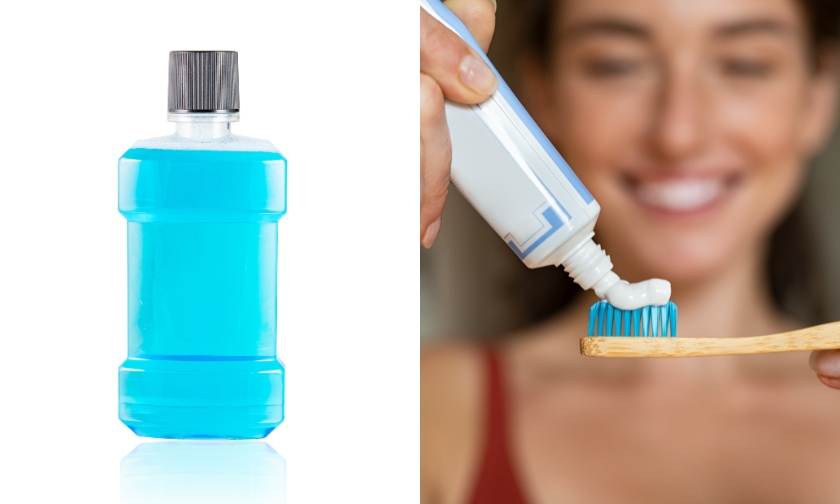
Fluoride strengthens teeth and helps prevent cavities. Many communities add fluoride to drinking water, reducing tooth decay by about 25%. Modern dentistry also offers fluoride treatment at a dentist’s office. Despite this, some people still experience cavities. That’s where fluoride toothpaste and rinses come in. But is using both necessary?
How Fluoride Toothpaste Works?
Brushing with fluoride toothpaste forms a protective shield on teeth. It remineralizes enamel, making it more resistant to decay. The American Dental Association (ADA) recommends brushing twice daily with fluoride toothpaste to lower cavity risk. Some pastes also contain desensitizing agents or tartar control formulas.
Fluoride Rinse: What It Does?
Fluoride-based mouthwashes fall under the category of preventive dentistry. Mouthwash might reach areas a toothbrush might miss. They coat teeth with additional fluoride, offering extra protection against decay. Unlike toothpaste, they do not remove plaque but provide a lasting fluoride presence. Dentists often suggest fluoride rinses for people at high risk for cavities.
Comparing Fluoride Rinse and Fluoride Toothpaste
- Fluoride toothpaste removes plaque and strengthens enamel.
- Fluoride rinse offers extra fluoride exposure but does not clean teeth.
- Using both may help people with weak enamel or frequent cavities.
Who Should Use Both?
Not everyone needs both products. Those at higher risk for cavities may benefit more, including:
- People with a history of frequent cavities
- Individuals with dry mouth (less saliva means less natural enamel protection)
- Brace wearers who struggle with thorough cleaning
- People with dental restorations, such as crowns or bridges
When to Use Fluoride Rinse
Using a fluoride rinse right after brushing may wash away toothpaste fluoride. Instead, rinse at a different time of day or wait at least 20 minutes after brushing. Swishing for at least one minute ensures maximum benefit. Avoid eating or drinking immediately after use.
Can Too Much Fluoride Be Harmful?
Fluoride is safe when used correctly. However, excessive fluoride can cause dental fluorosis in children under eight. This results in white spots on teeth. Adults generally do not experience fluorosis. Using the right amount of fluoride toothpaste (a pea-sized amount for adults, a rice grain size for young children) prevents issues.
Using both fluoride toothpaste and rinse is not always necessary. Most people get enough protection from fluoride toothpaste alone. However, those at risk for cavities may benefit from adding a fluoride rinse. You can also consult a dentist for fluoride treatment to keep your oral health in top shape.
A professional dental assessment helps determine the best fluoride products for your oral health. Contact our dentist today to get personalized recommendations and keep your teeth strong for years to come.



